As trends in fitness evolve, the personalized attention and convenience of at-home personal training have become increasingly popular for individuals looking to achieve their health and fitness goals. The appeal of this type of training lies in its flexibility; it caters to those with busy schedules, limited access to gym facilities, or a preference for a private, tailored fitness experience. With an in-home personal trainer, clients receive one-on-one instruction, motivation, and a custom-designed program that meets their specific needs right in the comfort of their own home.
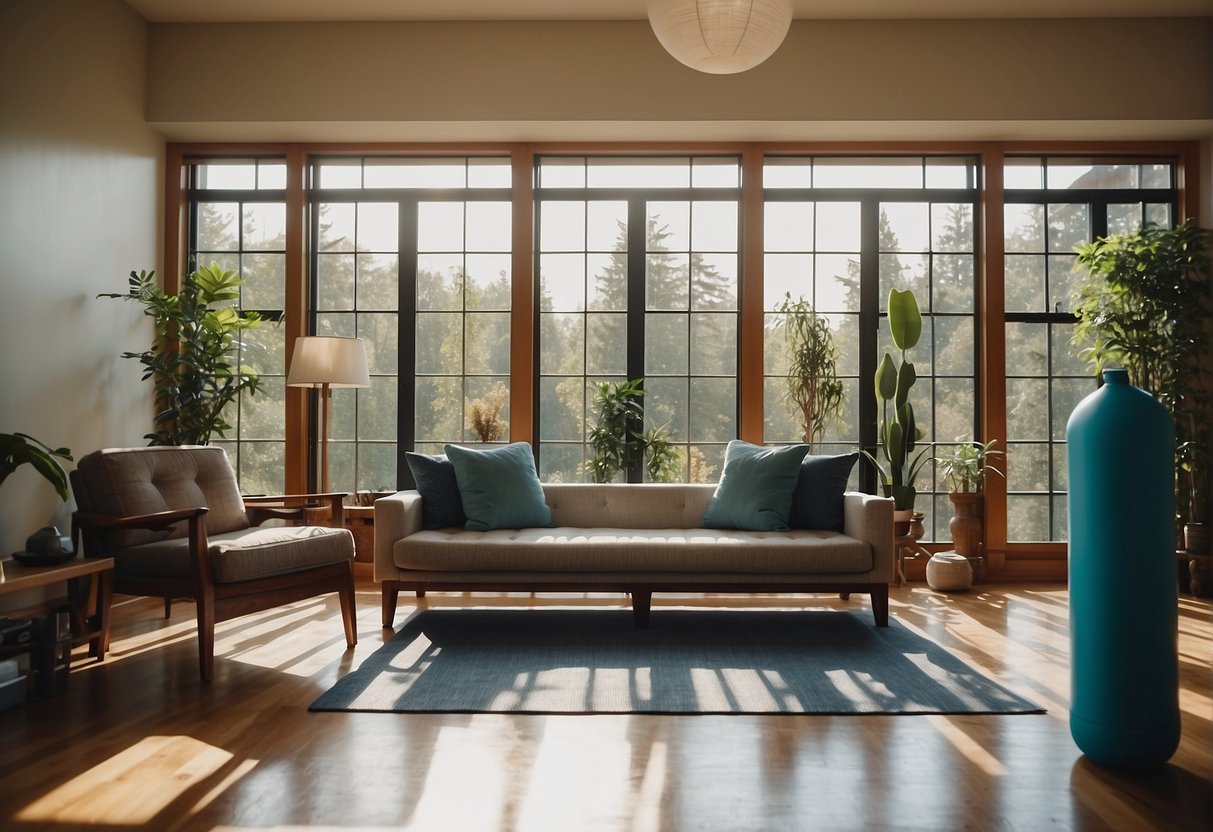
The rise of technology has further broadened the horizons for at-home personal training, offering virtual sessions through online platforms. These advancements have made it more accessible for people to connect with certified personal trainers regardless of geographical constraints. Online personal training can replicate the personalized experience with added convenience and often at a reduced cost. Fitness enthusiasts can now benefit from professional guidance, workout modifications, and nutritional advice with just a few clicks, which has a significant positive impact on their commitment to a healthy lifestyle.
Key Takeaways
- At-home personal training provides personalized fitness guidance within the comfort of one’s home.
- Advances in technology enable virtual personal training options, expanding accessibility and convenience.
- Personalized workouts and the accountability from a trainer can greatly improve one’s dedication to their fitness goals.
Benefits of At-Home Personal Training
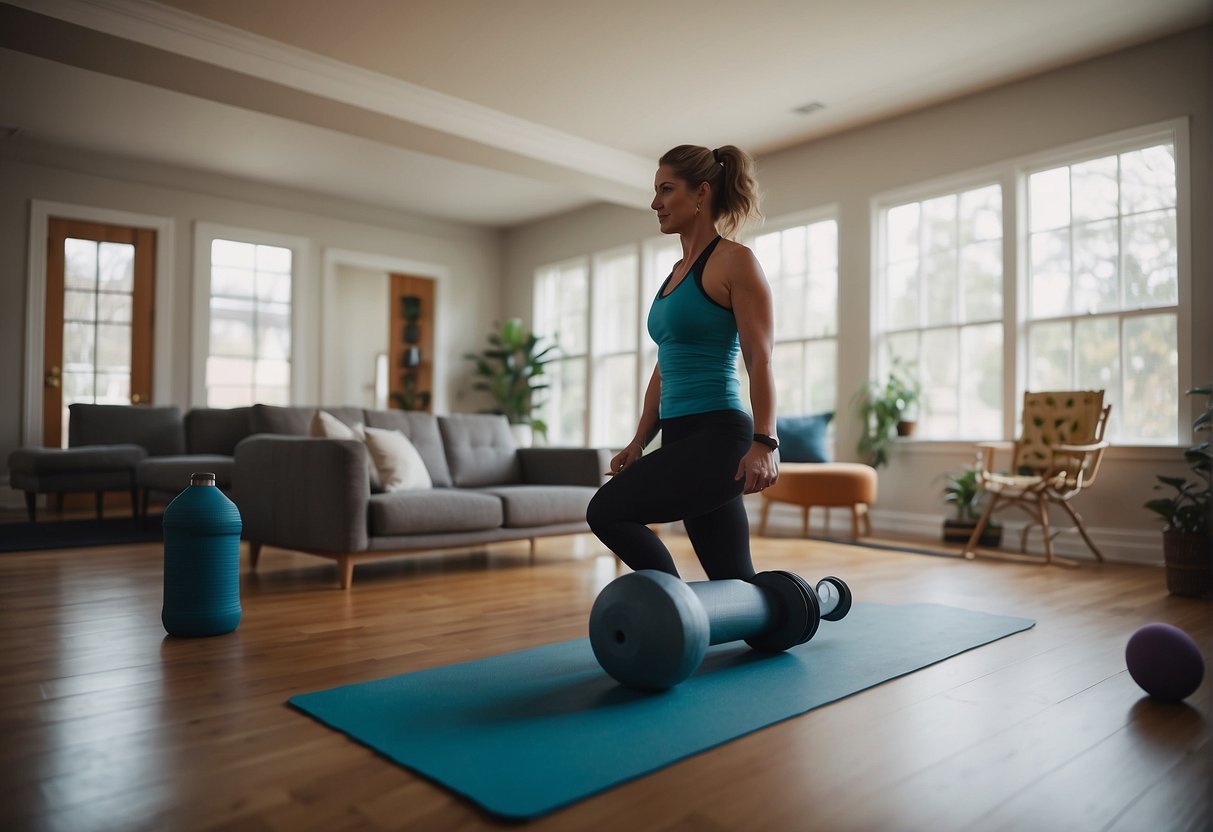
At-home personal training offers a unique fusion of individualized attention and the ease of integrating fitness into my daily routine. It eliminates common barriers to fitness such as time constraints and gym intimidation, providing a tailored and efficient path to achieving my health and fitness goals.
Personalized Fitness Program
Personalization is at the heart of at-home personal training. My fitness program is custom-created to align with my specific goals, abilities, and preferences. It addresses my health objectives, whether that’s weight loss, muscle gain, or improving my athletic performance. I receive expert guidance on exercise form and technique, which maximizes effectiveness and minimizes the risk of injury.
Convenience and Flexibility
The convenience of having a personal trainer come to my home saves me considerable time and effort. I no longer need to commute to the gym, and I can schedule sessions at times that suit my lifestyle. This flexibility is invaluable for maintaining a consistent workout routine amidst a busy schedule. Online personal trainers and mobile app support can further enhance this convenience, providing interactive features for scheduling and instant communication.
Privacy and Comfort
Working out at home offers a level of privacy and comfort that is not available in a public gym setting. I can exercise without feeling self-conscious, which is particularly beneficial if I’m new to fitness or have gym anxiety. The familiar environment of my home also makes workouts more enjoyable and stress-free.
Technological Integration
With the rise of digital technology, online personal trainers and video tutorials are readily accessible. This integrates seamlessly with at-home training, as I can easily follow along with exercise videos and get real-time feedback from my trainer through video conferencing. Interactive features in fitness apps make it simple to track my progress and stay motivated. Utilizing these tools ensures that I have the benefits of professional guidance and a variety of workout options right at my fingertips.
Setting Fitness Goals
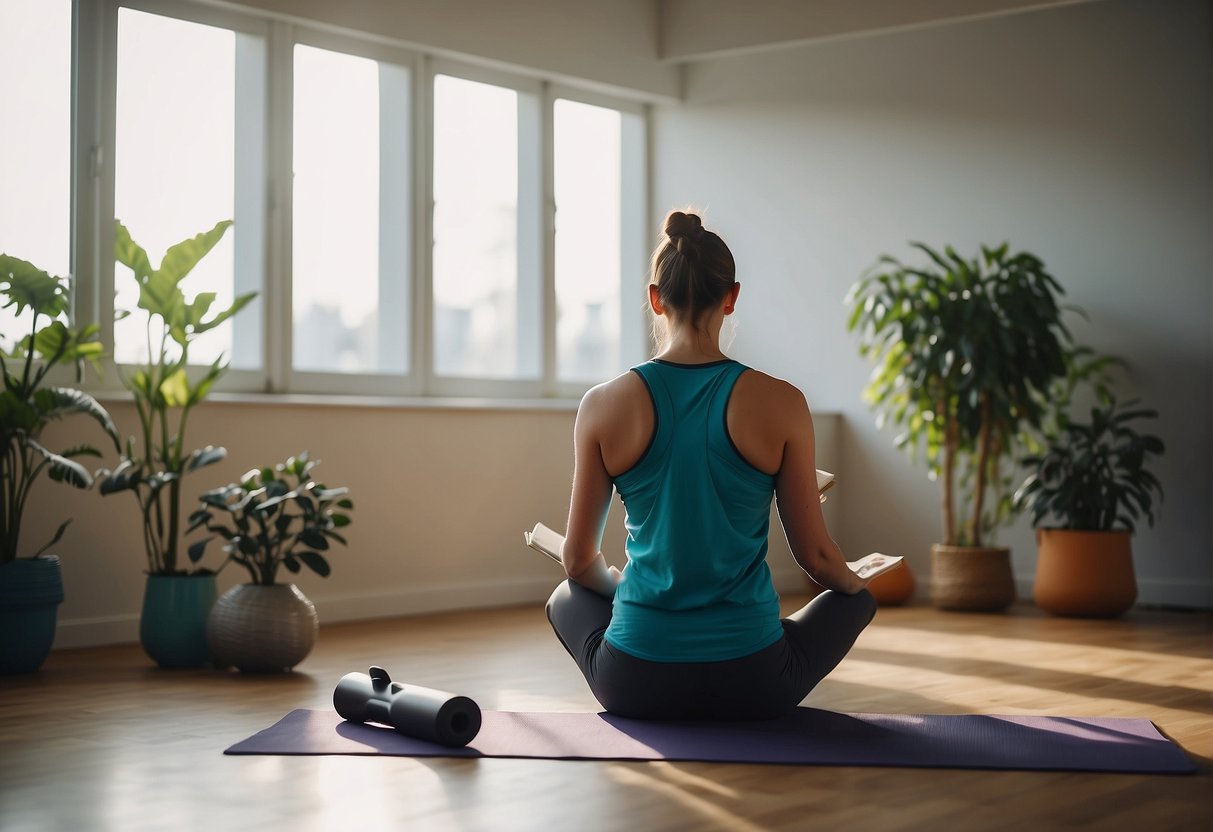
In my journey as an at-home personal trainer, I’ve learned that setting clear and measurable fitness goals is crucial for success. These goals lay the foundation for a transformative fitness journey and provide a road map to desired results.
Identifying Objectives
I begin by assessing my client’s current fitness level to establish realistic and achievable objectives. My approach includes:
- Specificity: I ensure goals are concrete. For instance, rather than aiming to “get fit,” a more specific goal would be “to complete a 30-minute workout five times a week.”
- Measurable: By setting quantifiable targets, like a certain number of push-ups or a plank duration, progress can be effectively monitored.
- Attainability: I match goals with the client’s lifestyle and capabilities, ensuring they are challenging yet feasible.
- Relevance: Each goal must align with the individual’s broader health and fitness aspirations.
- Time-bound: I attach deadlines to goals to foster a sense of urgency and maintain momentum.
Tracking Progress
To ensure accountability and to witness the transformation unfold, I use the following methods:
- Fitness Journal: I record workouts, nutrition, and milestones to visualize progress.
- Regular Check-ins: Periodic assessments allow me to fine-tune training programs and make necessary adjustments.
- Benchmark Tests: I conduct scheduled fitness tests to quantify improvements and motivate my clients with tangible results.
By articulating and tracking fitness goals methodically, I provide a clear pathway for myself and my clients to elevate their health and fitness levels.
Choosing The Right Personal Trainer

When I consider hiring a personal trainer for at-home sessions, I focus on four essential criteria: qualifications, cost, safety, and the nature of the trainer-client relationship. Each factor plays a critical role in ensuring a successful and beneficial fitness journey.
Certifications and Specializations
I always verify a trainer’s certifications as they signal a baseline of professional education and knowledge in the field of fitness. Renowned organizations like the American Council on Exercise (ACE) and the National Academy of Sports Medicine (NASM) provide reputed certification programs. A specialization, whether it’s in strength training, weight loss, or rehabilitative exercise, ensures that the trainer’s expertise aligns with my specific goals.
Personal Trainer Costs
The cost of a personal trainer can vary widely. An affordable option doesn’t necessarily mean it lacks value, but it’s important to find a balance between cost and quality. I keep in mind that experienced trainers with specialized certifications may charge more, but often provide more expert guidance and customized program design. Below is a simple breakdown for reference:
| Experience Level | Cost Range |
|---|---|
| Beginner | $65-$95 per session |
| Intermediate | $95 – $140 per session |
| Advanced | $140+ per session |
Safety Considerations
Safety is non-negotiable when I work with a personal trainer. I ensure that the trainer holds a valid CPR/AED certification and is knowledgeable about injury prevention. It’s also prudent to conduct a background check for additional peace of mind, especially when the training sessions are held at my home.
Trainer-Client Relationship
The rapport between me and my personal trainer significantly influences my progress. I look for a trainer who is approachable and open to feedback, as communication is key to customizing a workout plan that effectively addresses my needs. I value a trainer who respects my boundaries, motivates me without being overly critical, and fosters a positive training environment.
Creating an Effective Training Program
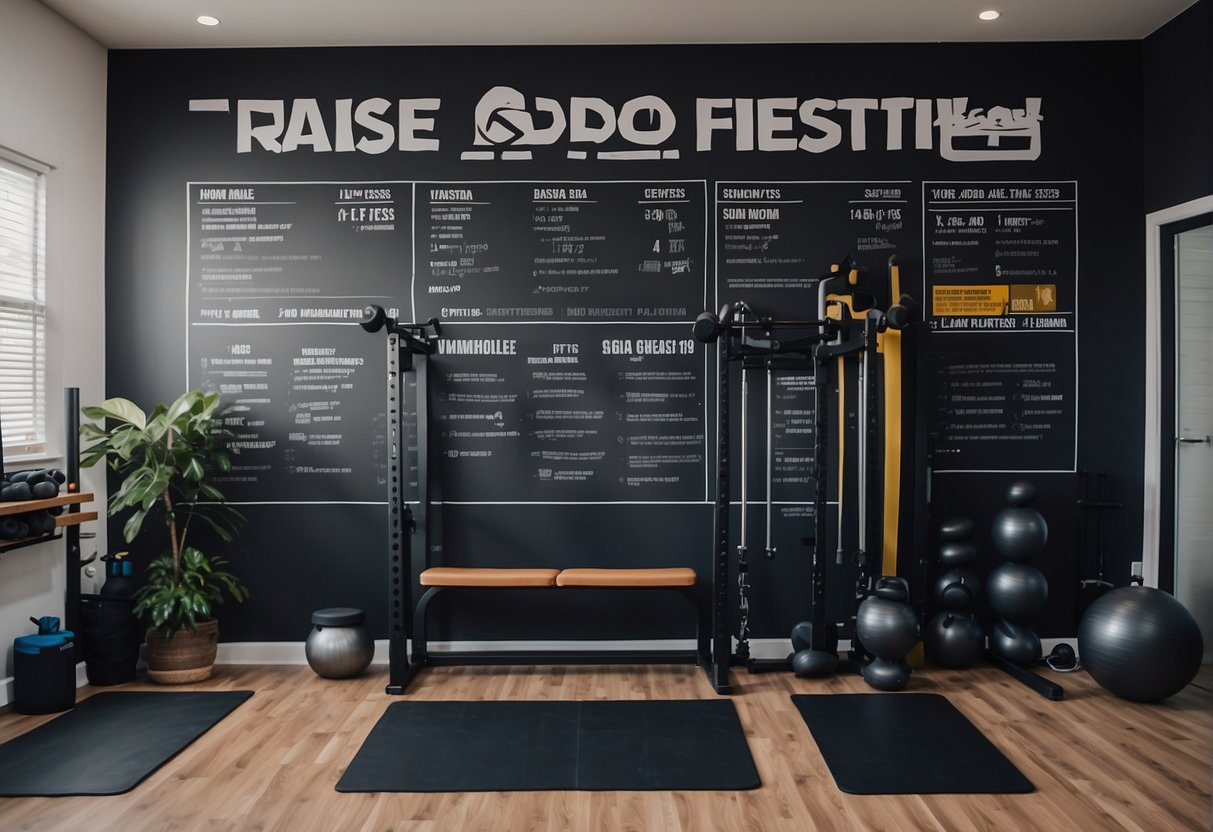
Creating an effective training program at home requires a balance between strength training, cardiovascular activities, proper nutrition, and adequate recovery. I’ll provide you with a detailed structure so you can optimize your health and fitness.
Strength Training and Cardio
For strength training, I recommend starting with bodyweight exercises—like push-ups, squats, and lunges—progressing to free weights or resistance bands for added intensity. I vary my strength exercises to cover all major muscle groups and incorporate progressive overload, gradually increasing the weight or reps. For cardio, high-intensity interval training (HIIT) or steady-state cardio like running or cycling can be integrated on alternate days.
Nutrition and Meal Planning
With nutrition, I always emphasize the importance of well-balanced meal plans. I collaborate with a registered dietitian to ensure my meals are tailored to support my workout goals. A simple meal plan structure could look like this:
- Breakfast: Protein source (e.g., eggs), complex carbs (e.g., oatmeal), healthy fats (e.g., avocado)
- Lunch: Lean protein (e.g., chicken), whole-grain carbs (e.g., quinoa), leafy greens (e.g., spinach)
- Dinner: Strong focus on veggies, moderate protein, and low-glycemic carbs
Remember, proper fueling before and after workouts is crucial for performance and recovery.
Recovery and Rest Days
Lastly, recovery is paramount. My training includes rest days, typically scheduled after a cycle of 3-4 days of workouts. Active recovery, such as yoga or light walking, aids in muscle repair and helps prevent injury. Sleep is a non-negotiable aspect of any recovery process; I aim for 7-9 hours nightly.
Equipment and Space Requirements
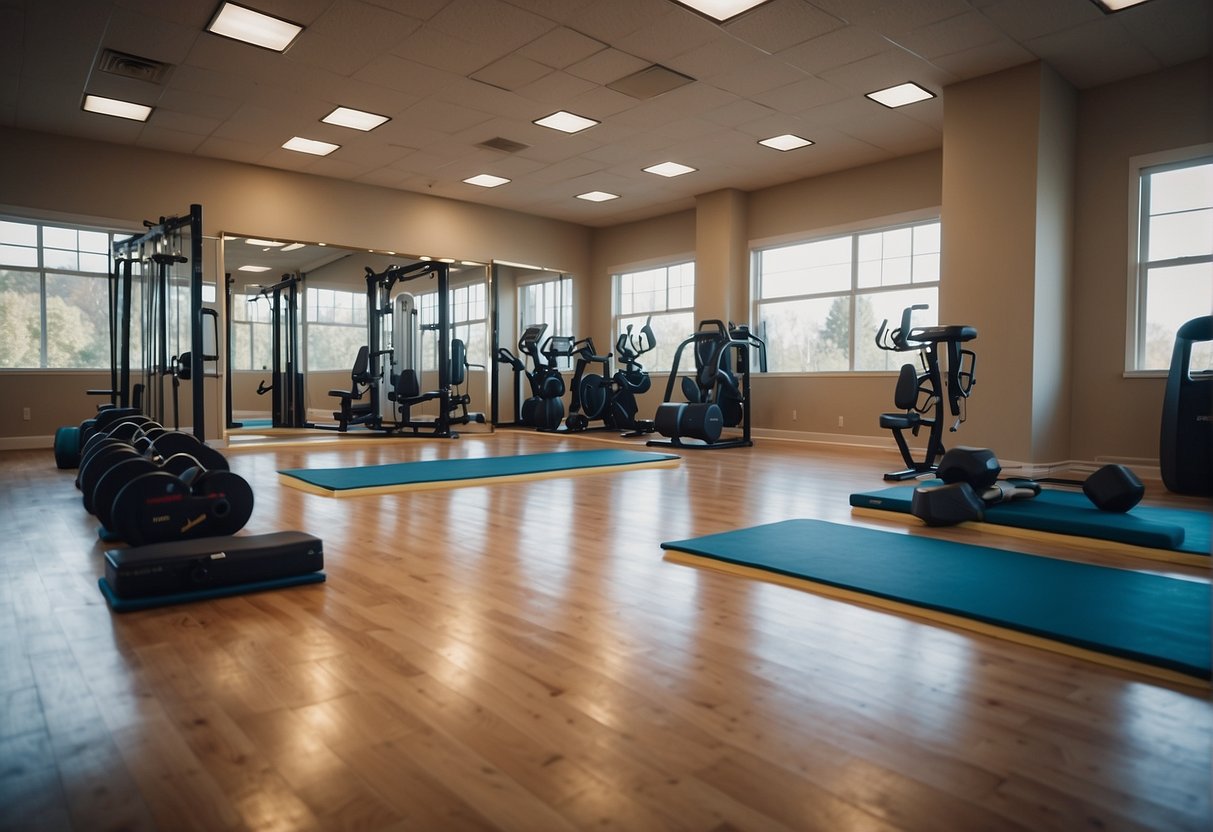
In setting up a home studio for personal training, my focus is on selecting the right equipment and maximizing the space I have, whether it’s for indoor workouts, outdoor activities, or a blend of both.
Essential Fitness Equipment
When it comes to fitness equipment, I prioritize versatile items that can accommodate a range of exercises. Weights such as dumbbells and kettlebells are indispensable because they offer flexibility for strength training and can be used for a variety of movements. Resistance bands are also a key part of my kit; they’re not only space-efficient but also provide effective resistance training. For clients focusing on bodyweight exercises, a high-quality yoga mat and a set of towels are essential for comfort and hygiene.
- Weights: Dumbbells, Kettlebells
- Resistance Training: Resistance bands
- Bodyweight Exercises: Yoga mat, Towels
Utilizing Available Space
My indoor spaces, such as a spare room or sunroom, are organized to ensure there’s enough room for a range of activities. I ensure the foundation is strong enough to support heavy equipment like weights and machines if necessary. For activities like yoga or pilates that do not require heavy equipment, a room with any sturdy floor will suffice. Smart storage solutions are crucial to keep the space uncluttered, which is why I store small items like resistance bands and towels in designated areas.
- Heavy Equipment Support: Room with a solid foundation
- Floor Exercises: Any sturdy floor
- Storage: Designated areas for small items
Outdoor Training Options
For my clients who enjoy fresh air and natural light, I utilize outdoor spaces as an extension of my home studio. This can include a garden, patio, or nearby park. Here, I can employ equipment like weights and utilize bodyweight exercises without the constraints of indoor space. The outdoors offers a refreshing change of pace, and with the right planning, sessions can be just as effective.
- Natural Setting: Garden, Patio, Park
- Versatile Equipment: Portable weights, Yoga mats
Online Personal Training Platforms
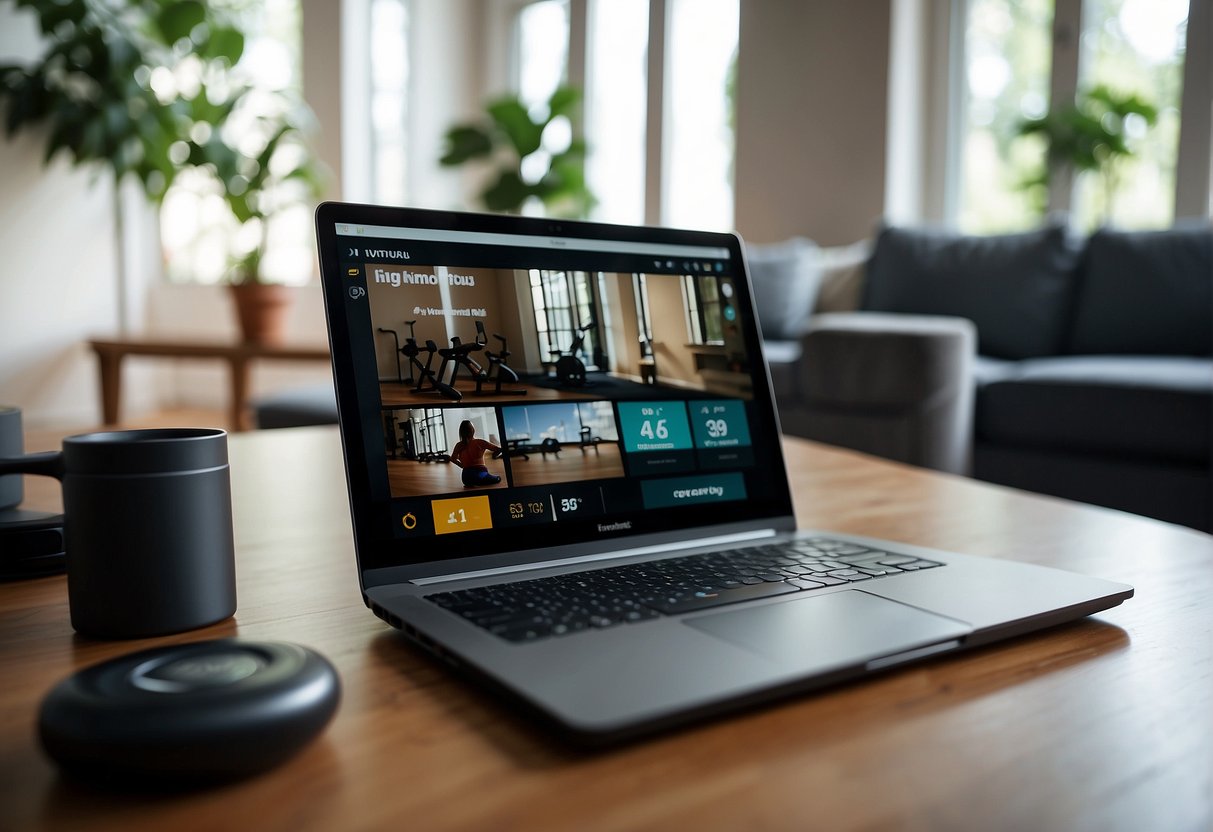
Online personal training platforms offer a unique blend of convenience, personalization, and technology, enabling users to achieve their fitness goals from the comfort of their home.
Comparing Top Services
JuggernautAI is renowned for its strength training programs, leveraging artificial intelligence to tailor the experience to individual needs. FitCrew by Ashley Lane provides a wide array of workout varieties, catering to diverse fitness preferences, and has an amazing online community. For enthusiasts of CrossFit, services like Train Hard bring specialized workouts to the digital space. Platforms like iFIT and Aaptiv stand out for their expert-guided workouts and science-based training approaches, respectively.
| Platform | Specialty | Notable Feature |
|---|---|---|
| JuggernautAI | Strength Training | AI-driven personalization |
| FitCrew by Ashley Lane | Workout Variety & Community | Broad class selection & expert trainer |
| Train Hard | CrossFit | CrossFit-focused online training |
| iFIT | Expert-Guided Workouts | Syncs with equipment |
| Aaptiv | Beginner-Focused & Audio Workouts | Audio coaching |
Ease of Use and Accessibility
I find FitCrew by Ashley Lane commendable for its user interface which syncs seamlessly with fitness equipment, enhancing the ease of use. For those who prefer audio workouts, Aaptiv delivers straightforward guidance through your earbuds, making it simple to follow along without constant visual cues. Platforms like Down Dog offer customizable settings, ensuring that the workout is just right for my skill level and preferences, whether I’m a beginner or advanced.
Community and Support Features
The value of community is evident with Flexit, where I can engage with both trainers and fellow users, fostering a supportive environment. Many platforms also offer consistent feedback, a feature I appreciate, since it enables me to adjust my training in real-time and feel a sense of progression and support. Regular updates from my coach through an app, as available in services such as Future, encourage accountability and contribute to an overall positive experience from the support features.
Working With Different Demographics
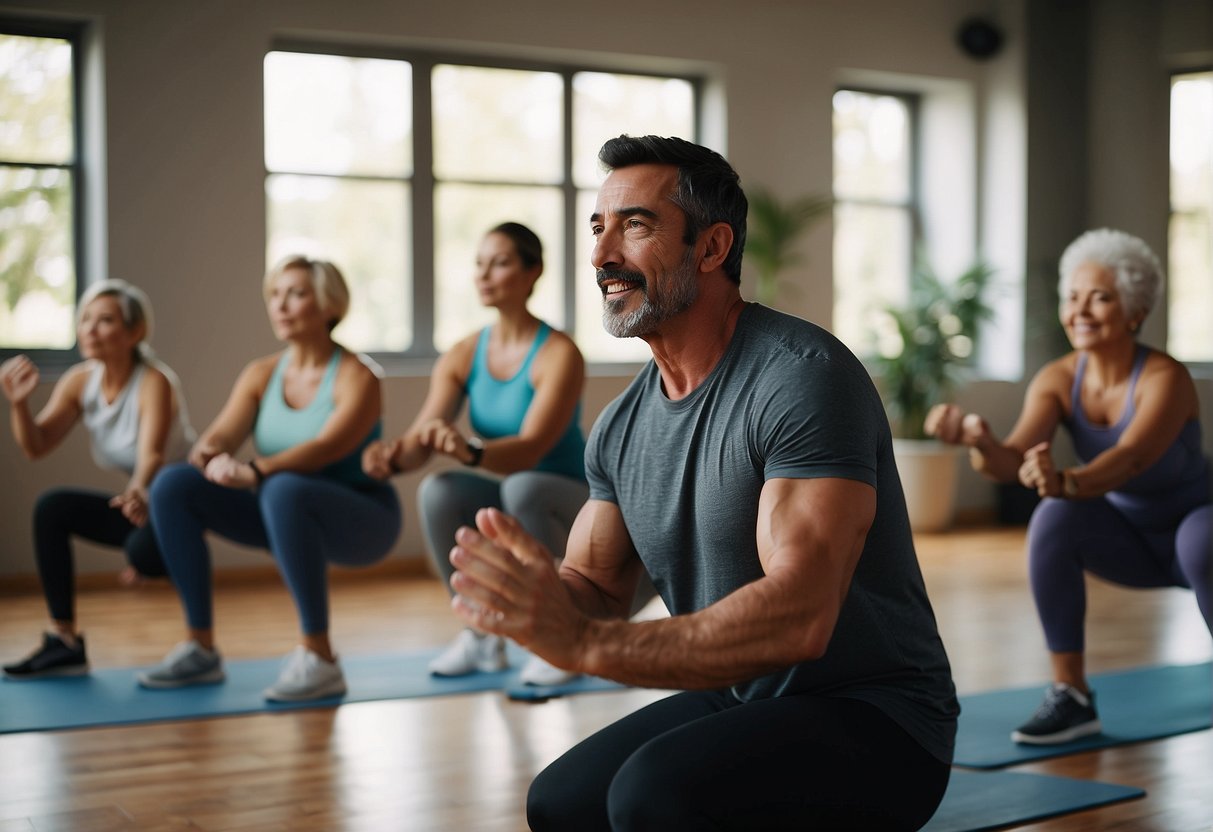
In my experience as an at-home personal trainer, I’ve found that successfully addressing the unique needs of diverse client groups profoundly impacts their fitness journeys.
Tailoring Workouts for Seniors
For seniors, maintaining mobility and functional strength is paramount. I create routines that incorporate balance and low-impact cardiovascular exercises, often using light weights or resistance bands to improve muscle tone and joint health. This is especially important since seniors have different physiological responses to stress and recovery. I ensure each session includes a comprehensive warm-up and cool-down phase to safeguard against injuries.
Programs for Beginners
When working with beginners, my approach is educational and motivational. Starting with the basics, I design workout plans that build a strong foundation of technique and stamina. A great online tool I recommend for beginners is Aaptiv, which provides accessible audio-guided workouts suitable for various fitness levels. It’s like having a personal trainer in your pocket, which is incredibly beneficial for those just starting out and needing guidance when I’m not around.
For beginners, fitness is not just exercising; it’s about building a lifestyle habit. I begin by setting achievable goals to keep them engaged and avoid discouragement. Steady progression and technique are the cornerstones of my beginner programs, ensuring a safe and effective start to their fitness journey.
Innovations and The Future of Personal Training
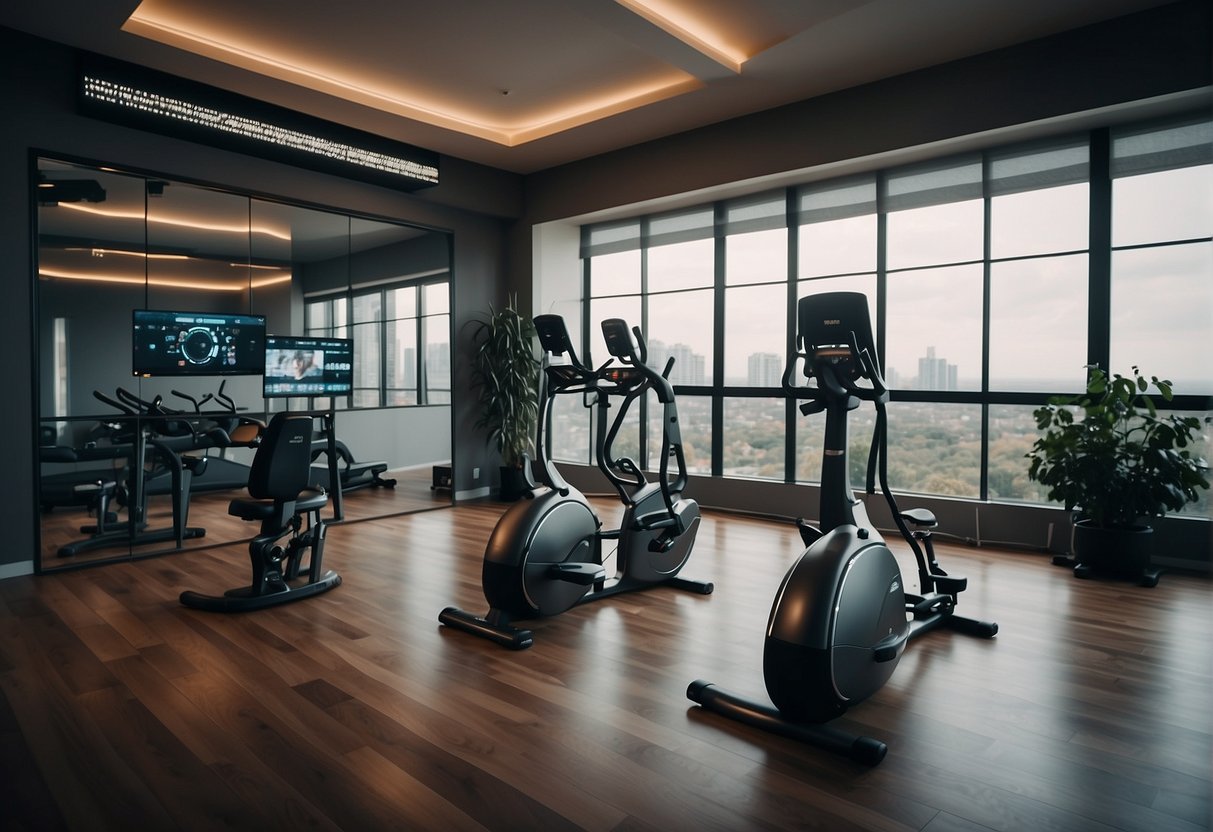
As technologies advance, I am witnessing personal training transform with innovations that cater to the evolving demands of the fitness industry. This metamorphosis is characterized by adapting to new fitness trends and the integration of artificial intelligence into training programs.
Adapting to New Fitness Trends
The landscape of fitness is fluid, with modalities such as functional fitness rising to prominence due to its benefits in everyday life. Online workout programs are on the rise, giving users the flexibility to train at their convenience. Services like Future provide personalized coaching through app-based platforms, marrying the traditional elements of personal training with the convenience of home workouts. The focus of these trends is not just on providing accessibility but also on ensuring that personal training is adaptable to an individual’s lifestyle and fitness level.
Artificial Intelligence in Training Programs
Artificial intelligence (AI) is redefining the scope and capabilities of home workout experiences. It’s no longer just about streaming a workout; it’s about having a digital trainer that can analyze performance, provide real-time feedback, and tailor programs to individual needs. AI-driven platforms can assess a person’s form, suggest adjustments, and evolve training plans based on one’s progress. This personalized approach aims to maximize effectiveness and minimize the risk of injury, all while providing a level of convenience and accessibility that traditional in-person sessions might not be able to match.
I have found that even with AI’s advancements, the value of human connection remains irreplaceable, and the future of personal training will likely find its equilibrium by leveraging the best of both technology and personal interaction.
Frequently Asked Questions
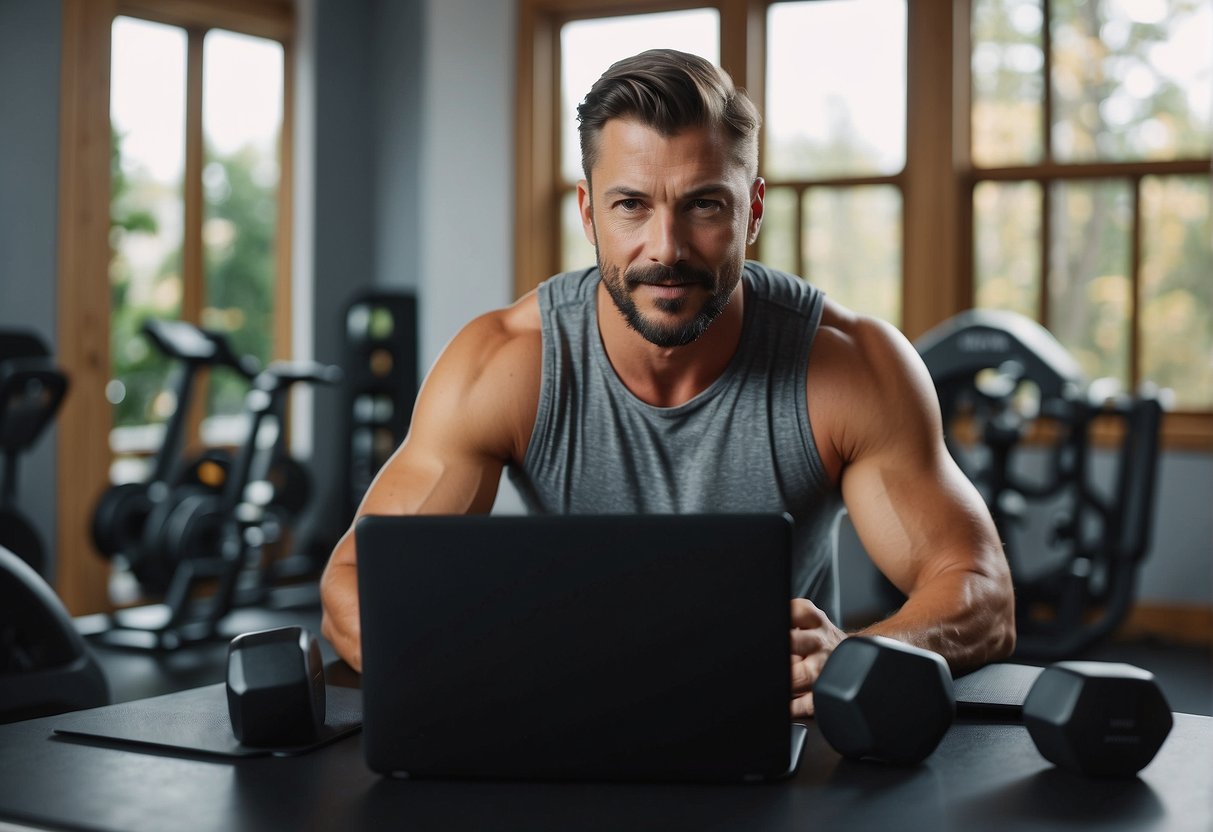
In this section, I’ll answer some of the most common inquiries regarding at-home personal training, focusing on pricing, packages, and managing expectations. I’ll address the essential aspects such as session duration, nutrition coaching, and customized workouts, while clarifying that my services come with no long-term contracts.
Pricing and Packages
Pricing for At-Home Personal Training:
- Single Session: Usually lasts about an hour and is perfect for those who want to try out my services before committing.
- Package Deals: These include multiple sessions at a reduced rate and are ideal for those committed to achieving their fitness goals.
- Nutrition Coaching Add-on: If you’re looking to enhance your training with nutrition advice, I offer it as an additional service.
Optional Add-ons:
- Customized Workouts tailored to your specific goals and preferences.
- Additional Services like small group training or specialized fitness classes.
No contracts are ever required, providing you with the flexibility to choose what works best for you.
Managing Expectations
Session Duration and Frequency:
- Each session typically runs for 60 minutes, which includes a warm-up, main workout, and cool-down.
- Frequency can be tailored to your lifestyle—whether you’re looking for 2-3 times a week or more sporadic sessions. I’ll work with you to find a sustainable routine.
Customized Workout Plans:
- Expect workouts designed with your personal goals and capabilities in mind. I’ll customize each session to ensure it is both effective and enjoyable.
- As part of GYMGUYZ or similar services, my workouts are geared toward making the most of your home environment. Whether you have a lot of equipment or none, I’ll adapt my approach accordingly.
In summary, when it comes to at-home personal training, you can expect transparent pricing, flexible packages, and a tailored approach to help meet your fitness goals without the need for a long-term commitment.
Conclusion
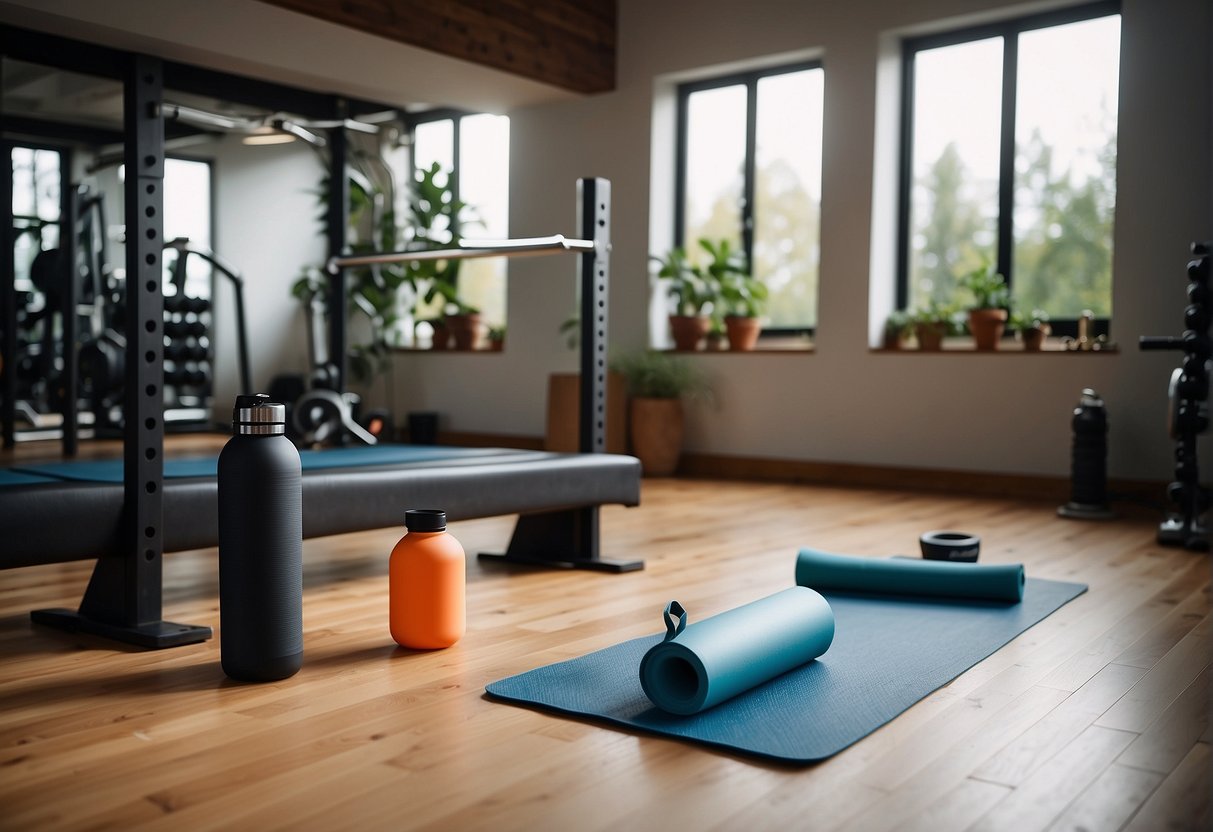
As someone who has experienced the impact of personalized training, I can attest to the transformative power it has on individuals’ lives. Personal training in the comfort of one’s own home maximizes accountability, ensuring that fitness objectives are not only set but also diligently pursued.
My clients’ successes underscore the effectiveness of this personalized approach. Customized training schedules, diet plans, and the motivational boost that comes from having a dedicated professional have resulted in measurable progress. These tailored programs cater specifically to their unique needs, which significantly increases the chance for achievement.
Time and again, the personal touch has led to optimal results for my clients. A home setting provides a comfort zone where they can work out without the self-consciousness that sometimes accompanies a gym environment. This comfort unlocks the potential for consistency, pushing them to adhere strictly to their workout regimens.
Furthermore, the flexibility of having a trainer come to my home aligns with busy schedules, eliminating travel time and simplifying the logistics of maintaining a regular fitness routine.
Lastly, personal training at home stresses the importance of safe workout practices, as trainers are able to provide immediate feedback on form and technique – a crucial aspect in preventing injuries and maximizing the effectiveness of each exercise.
In short, the convenience and tailored attention of at-home personal training significantly enhance the quality of the fitness journey. It’s not just a service; it’s a lifestyle change facilitator.


